
- Easy engagement
- Good ground clearance
- Lighter than Shimano XT Trail pedals
- Cage doesn’t offer much support, pins largely for show
- Disengagement takes some getting used to if switching from another system
- More expensive than what you can pay for Shimano XT
HT’s T1 clipless pedal is aimed at the trail and enduro rider and provides easy engagement with a positive action, and they come in a wide choice of colours and there’s a lighter titanium spindle version if you’re feeling flush. The chromoly version here is lighter than Shimano’s XT Trail pedal, but they are more expensive even at discounted prices.
- Which are best? Flats or clips? Try our buyer's guide to mountain bike pedals
- Review: Nukeproof Horizon CS clipless pedal - tough and supportive clips
- Review: Vitus Sommet VR - a high-value enduro bike that's hard to beat
The Taiwanese company has been growing its pedal range over the years, originally developed with world cup winner Aaron Gwin, and the T1 is a small platform clipless design ideal for trail riders wanting a bit more support than a race focused XC pedal.
They’re about the same size as a Shimano Trail pedal with a 60mm wide cage surrounding the company’s own design mechanism. Due to their small size and the fact the mechanism doesn’t rotate in the cage, there isn’t the same level of support as say, a CrankBrothers Mallet pedal. You might think the two front pins will grip the shoe, but in reality, they don’t come near the sole and are really only any use for those moments when you’re not clipped in.
The supplied cleats provide 4 degrees of float and tension is adjustable, but non-indexed, with a wider range than a Shimano pedal, ideal if you like being really locked into your pedals. I don’t and slackened them off with a few turns of a 3mm Allen key. If you want or need more float, HT offers an 8-degree float cleat as well. HT pedals aren’t compatible with Shimano SPD cleats despite their similarity.
The mechanism is sprung at both ends with a bar at the front that you need to hook the cleat under before pressing down at the back of the foot to engage. The action required is similar to a Shimano SPD and is easy to master. Engagement is positive with a definite click, you definitely know you’ve successfully clipped in. I generally found getting into the pedals very easy and had few misses.
The disengagement is a little different, however, and it took me some time to get used to. Unlike a Shimano pedal with its smooth free float before hitting a clear wall of resistance and the cleat releasing distinctly, the HTs have more resistance throughout the range of available float and what I can only describe as a highly sprung release action.
When you rotate your foot to the point the cleat is about to disengage, it’s like pushing against a spring. It’s an odd and strange feeling compared to the clear distinction you get with Shimano pedals. Maybe I’m too used to Shimano pedals, but I found it tricky to warm to.
It’s worth persevering though because there is a benefit. You can push against the sprung resistance wall and hold the cleat close to disengagement, ready for the moment when you need to bail. It can prevent accidentally unclipping as can sometimes happen with Shimano pedals. On the downside, I found it slower to release in those panicky back wheel-drifting-need-to-put-a-foot-down moments of trail drama. You think you’ve rotated your shoe enough to unclip but find you’re still clipped in and your near miss turns into blowing clean through the berm.
If you prefer a clear and defined release you’ll prefer Shimano pedals. I’d say that Shimano provides the slightly more predictable disengagement personally.
The pedal copes well in mud, with plenty of space inside the cage for mud to push through, and the mechanism generally remained easy to use even when caked in crap. The pedals spin on sealed bearings and IGUS bushings with a chromoly spindle - a titanium version is available - and they’re still spinning along smoothly. The pins are replaceable should you smash them out on a rock.



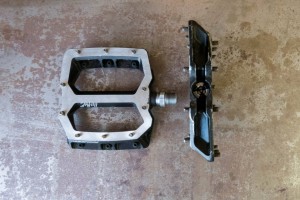

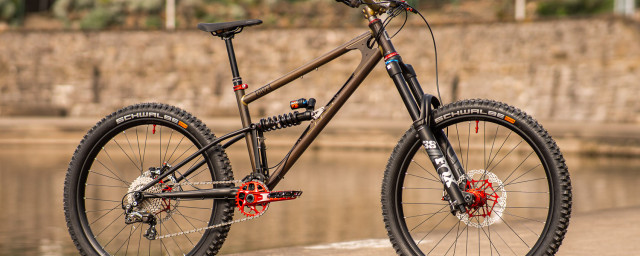
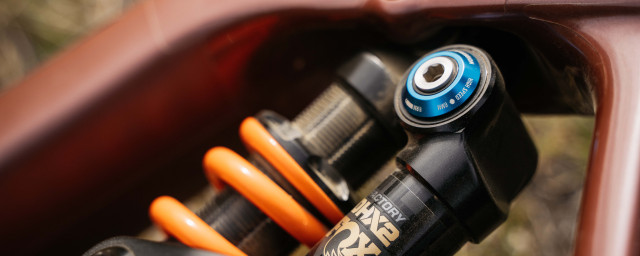




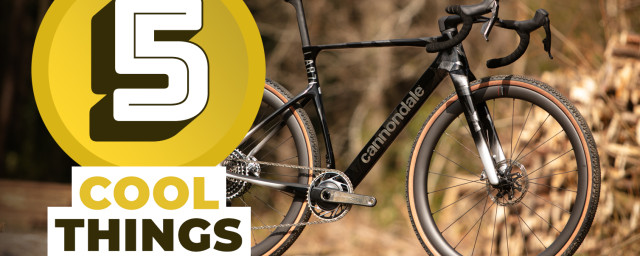
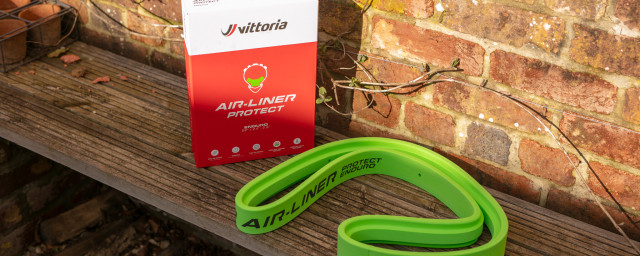
Add comment